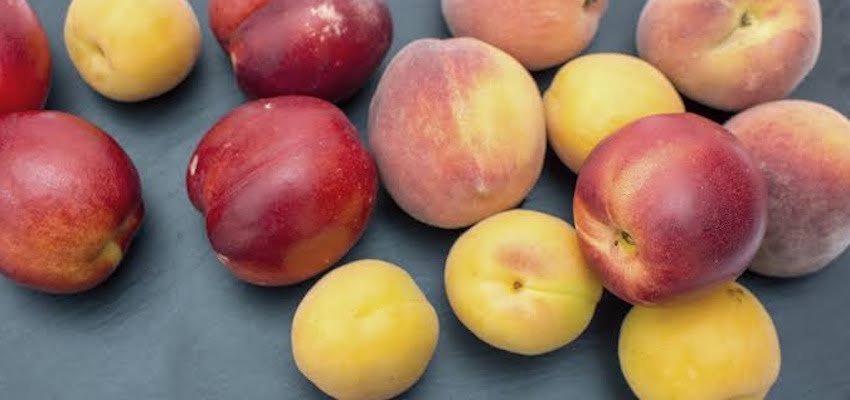DUE to more flight options – 33 per week – local importers in the Philipppines are now more able to bring in fresh fruit via air freight from Australia.
Air freight is especially good for stone fruits, which have a shorter shelf life and are more sensitive to temperature.
Elodie Journet, senior trade commissioner and minister counsellor, Austrade Philippines and Micronesia, said, “Air freight shipments require onshore cold treatment. The Philippines has approved a revised list of Australian cold treatment facilities.
“If Australian suppliers do not have an accredited cold treatment facility, they can work with the facilities on the revised list to have their produce disinfected prior to being loaded into air containers,”she said.
Australia exported $28.8m worth of fresh fruits to the Philippines in 2018, making Australia the Philippines’ third largest source of imported fruits after China and the US.
The volume of Australian fresh fruit exports to the Philippines has increased by 230% since 2010. This is largely due to the market access gained in 2012 under the ASEAN-Australia-New Zealand Free Trade Agreement. The agreement reduced or eliminated tariffs for a range of fruits, including stone fruits, citrus, kiwi and table grapes.
Australian cold treatment facilities must be accredited by the Department of Agriculture and approved by the Philippines Bureau of Plant and Industry and Department of Agriculture.
Exporters that want accreditation for their cold treatment facilities should email a formal request to the Department of Agriculture’s Horticulture Exports Program.

